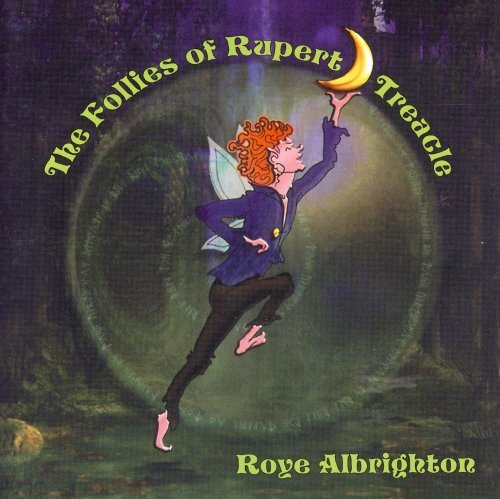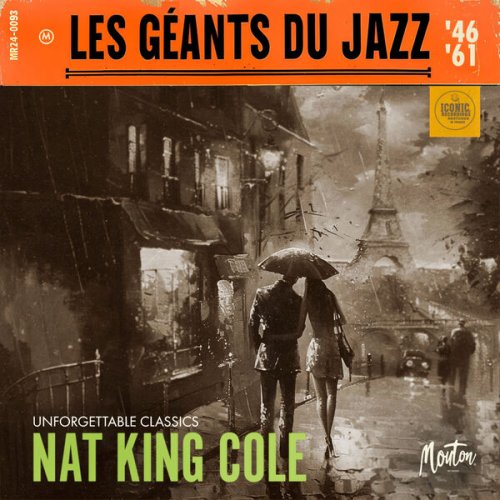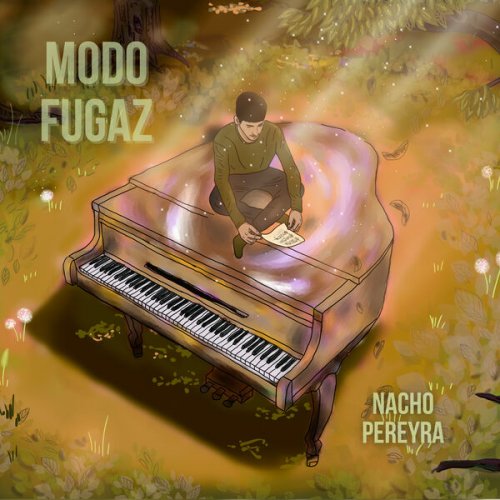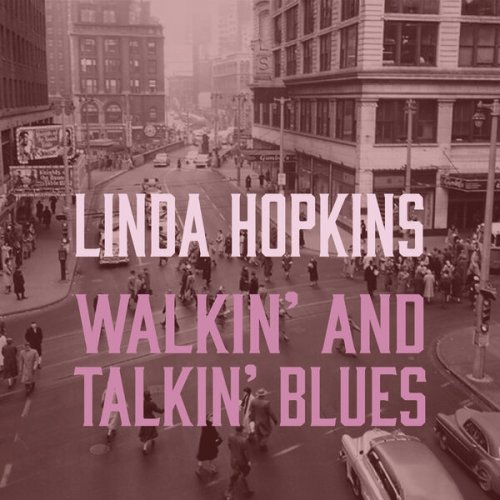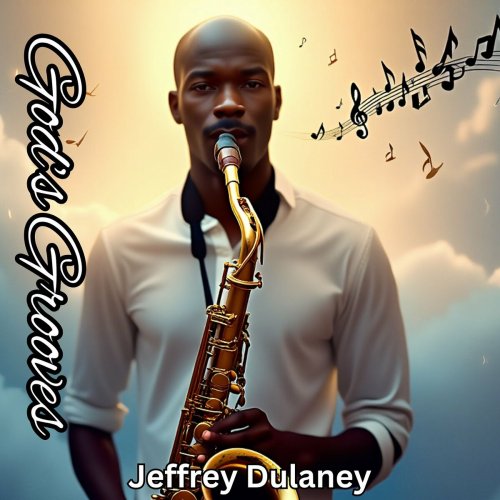Tuscae Voces, La Pifaresca, Elia Orlando - Pesciolini: Secondo libro di musica sacra (2024) [Hi-Res]
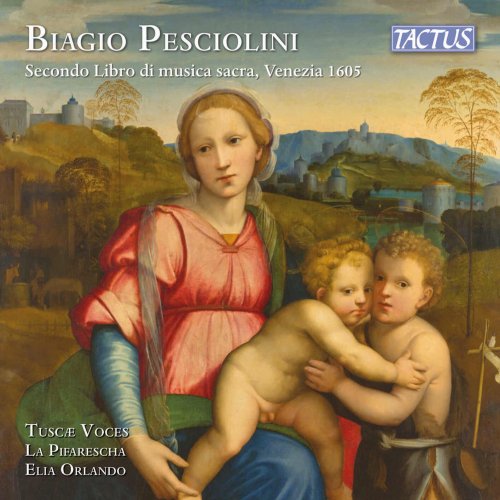
Artist: Tuscae Voces, La Pifaresca, Elia Orlando
Title: Pesciolini: Secondo libro di musica sacra
Year Of Release: 2024
Label: Tactus
Genre: Classical
Quality: FLAC (tracks) / 24bit-96kHz FLAC (tracks+booklet)
Total Time: 01:06:35
Total Size: 340 MB / 1.22 GB
WebSite: Album Preview
Tracklist:Title: Pesciolini: Secondo libro di musica sacra
Year Of Release: 2024
Label: Tactus
Genre: Classical
Quality: FLAC (tracks) / 24bit-96kHz FLAC (tracks+booklet)
Total Time: 01:06:35
Total Size: 340 MB / 1.22 GB
WebSite: Album Preview
1. Pesciolini: Secondo libro di musica sacra: Confitemini Domino (2:45)
2. Pesciolini: Secondo libro di musica sacra: Omnes gentes (2:43)
3. Pesciolini: Secondo libro di musica sacra: Dilectus meus (3:52)
4. Pesciolini: Secondo libro di musica sacra: Benedicite omnia opera (3:14)
5. Pesciolini: Secondo libro di musica sacra: Decantabat populus (3:30)
6. Pesciolini: Secondo libro di musica sacra, Missa decantabat: I. Kyrie (4:10)
7. Pesciolini: Secondo libro di musica sacra, Missa decantabat: II. Gloria (6:39)
8. Pesciolini: Secondo libro di musica sacra, Missa decantabat: III. Credo (9:47)
9. Pesciolini: Secondo libro di musica sacra, Missa decantabat: IV. Sanctus (1:51)
10. Pesciolini: Secondo libro di musica sacra, Missa decantabat: V. Agnus Dei (2:05)
11. Pesciolini: Secondo libro di musica sacra: Magnificat (6:48)
12. Pesciolini: Secondo libro di musica sacra: Omnia quæ fecisti nobis (3:05)
13. Pesciolini: Secondo libro di musica sacra: Adoramus te Christe (3:05)
14. Pesciolini: Secondo libro di musica sacra: Missus est Gabriel Angelus (3:19)
15. Pesciolini: Secondo libro di musica sacra: Minuisti eum (3:11)
16. Pesciolini: Secondo libro di musica sacra: Mirabile mysterium (3:52)
17. Pesciolini: Secondo libro di musica sacra: Crucem pro nobis (2:46)
This recording project – the culmination of a research work that started out in 2020 – follows the released record of the third book of madrigals (Tactus, TC531601, 2021) by the same author, which was the result of the first collaboration between conductor Elia Orlando, ensemble Tuscae Voces – that he conducts – and record label Tactus. It is safe to say that the outcomes confirm how the musical landscape in Renaissance Prato deserves way more attention than it has drawn so far, and that Biagio Pesciolini – besides being closely connected to the Florentine court – was an author whose vision went beyond the city walls of Prato. Although praised by peers Ludovico Zacconi and Antonio Brunelli for his mastery of those techniques that belong to Flemish-origin ars musica, he skilfully took on both “orthogonal” writing for double choir and winding compositions for five and six voices, which proves that Biagio Pesciolini was indeed open and receptive to the different tendencies of Italy’s most important musical centres.
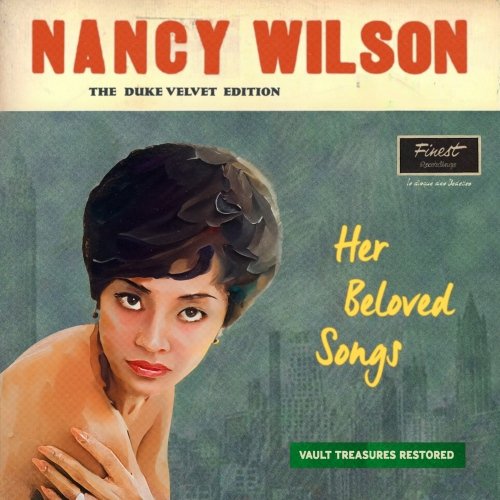
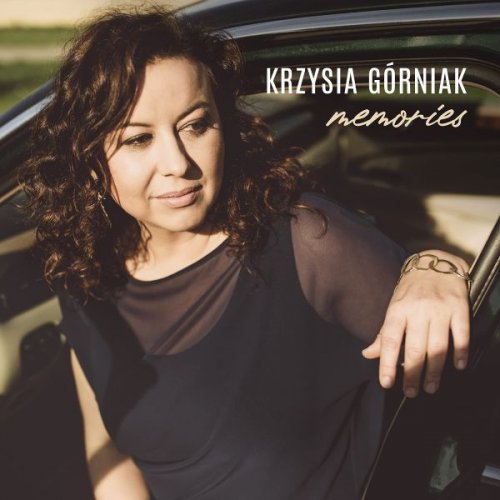
![VA - Library Of Sound Grooves: Jazz Expressions From The Italian Cinema (1963-1975) (2015) [Vinyl] VA - Library Of Sound Grooves: Jazz Expressions From The Italian Cinema (1963-1975) (2015) [Vinyl]](https://www.dibpic.com/uploads/posts/2025-01/1736767283_cover.jpg)
